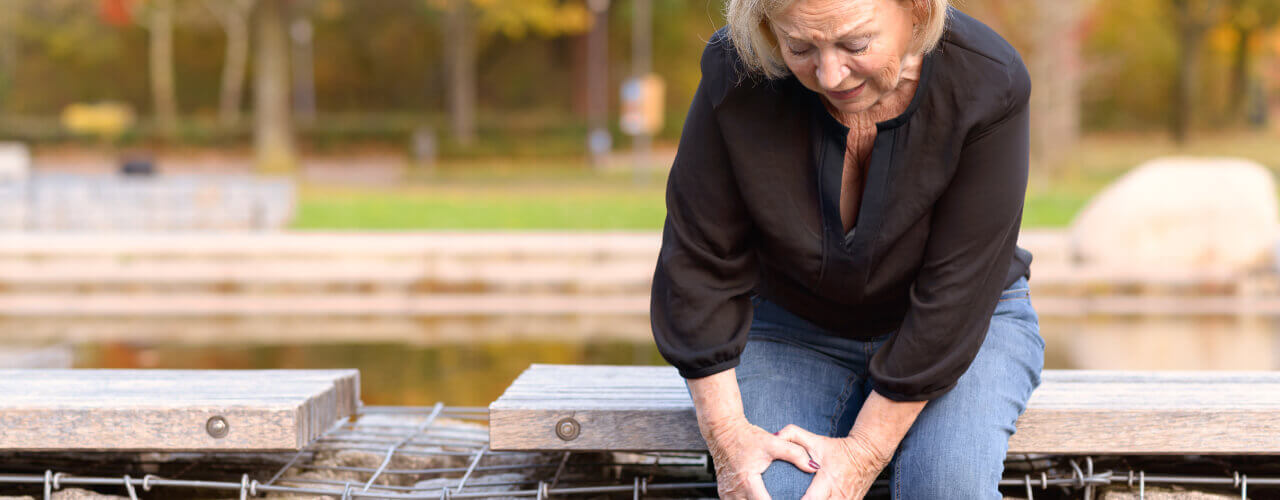Find the Relief You Need with the Help of a Physiotherapist!
Are your hips and knees in pain when you wake up? Are you in pain when you go to bed? Are the activities you do between sunrise and sunset impacted by chronic hip and knee joint dysfunction?
You don’t have to give up hope of living with less pain—or become reliant on the medicine cabinet, either.
At our physiotherapy clinic, we have an experienced physiotherapist staff who can help you find more ease, strength, and confidence in your day-to-day-life.
We invite you to call us and find out how we can help. Read more to learn what we do every day for our patients in hip and knee pain!
5 reasons you should consider physiotherapy for hip and knee pain
1. Move with ease and without pain
Many of the impairments you and your physiotherapist work to correct—including weakness, poor posture, and limited range of motion—may have been caused or worsened by things you’re unknowingly doing.
This includes sitting too much, using poor body mechanics, breathing improperly, and having an ineffective ergonomic set-up at work. A physiotherapist can educate you about ways to move in more energy efficient and safe ways to enhance the overall effects of your care and reduce the risk of re-injury.
2. Improve the health and fitness of your joints
When you see a physiotherapist for hip or knee pain, he or she may use joint mobilizations or manipulations to help promote healing and attract circulation to the inner joint surfaces.
These techniques have also been shown to reduce pain and improve joint alignment…and they feel good, too! When complemented with services like massage and Active Release Technique, physiotherapy can help you get physical and mental relief.
3. Participate in treatment methods that are safe, effective, and non-invasive
You don’t have to rely on over-the-counter or prescription painkillers to ease those achy, stiff, swollen joints!
Physiotherapy modalities that have been shown to ease pain, reduce spasms, increase circulation, and promote healing include electrical stimulation, diathermy, cold laser therapy, dry needling, and therapeutic ultrasound.
4. Enhance your range of motion and improve your joint strength
Increasing muscle strength and mobility of the connective tissues around your joints (including the tendons, muscles, fascia, and joint capsules) will help your joints feel better and move better.
This can also help you improve your functional activity tolerance, which is essential for work, leisure, and simple daily function.
5. Reclaim your life!
According to the Arthritis Foundation, exercise is one of the best ways to manage hip pain and knee pain caused by osteoarthritis.
By implementing some or all of the above interventions in a customized treatment plan, a physiotherapist can help you get back to regular exercise in a way that is safe and effective for you, based on your current abilities, goals, and needs.
This is especially helpful if you’re currently on a fat loss journey, since being overweight is a major risk factor for knee and hip pain.
What’s causing my hip and knee pains?
Hip and knee pain can be caused by a great number of problems.
Some of these are related to musculoskeletal misalignment, poor posture, and/or excess weight; others occur as the result of natural aging or unhealthy sports/work habits.
Your hip or knee pain may stem from:
- Infections
- Bursitis, an inflammation of the friction-reducing sacs surround the joints
- Tendinitis, or stretched ligaments
- Osteoarthritis, a painful inflammatory condition involving deteriorated joint cartilage
- Runner’s knee, an instability of the kneecap
- Postural/alignment issues that throw your body off balance, straining the knees or hips
- Traumatic injuries, such as dislocation of the joint
Our physiotherapist can often tell the cause of your hip or knee pain from its location.
For example, pain along the inside of the hip is more likely to be caused by a problem with the bones or cartilage. Pain along the outer side is typically caused by a problem in the muscles, tendons or ligaments.
Ready to find relief?
The sooner you seek physiotherapy for knee or hip pain, the better. Research shows that patients who rehab their hip or knee pain with physiotherapy within 15 days of symptom onset have less need for pain injections, medications, or surgical intervention.
Tired of spending every day in pain?
Contact Ottawa Health Group today to schedule an appointment with a physiotherapist and heal from the inside out.
Sources:
- http://www.ncbi.nlm.nih.gov/pubmed/24047821
- https://www.medicalnewstoday.com/articles/284869.php
- https://www.who.int/medicines/areas/priority_medicines/Ch6_24LBP.pdf
- https://www.ncbi.nlm.nih.gov/pmc/articles/PMC4534717/
Tags: Hip and Knee Pain, Ottawa Health Group, physiotherapy, physiotherapist, Physical fitness, Physical Health


